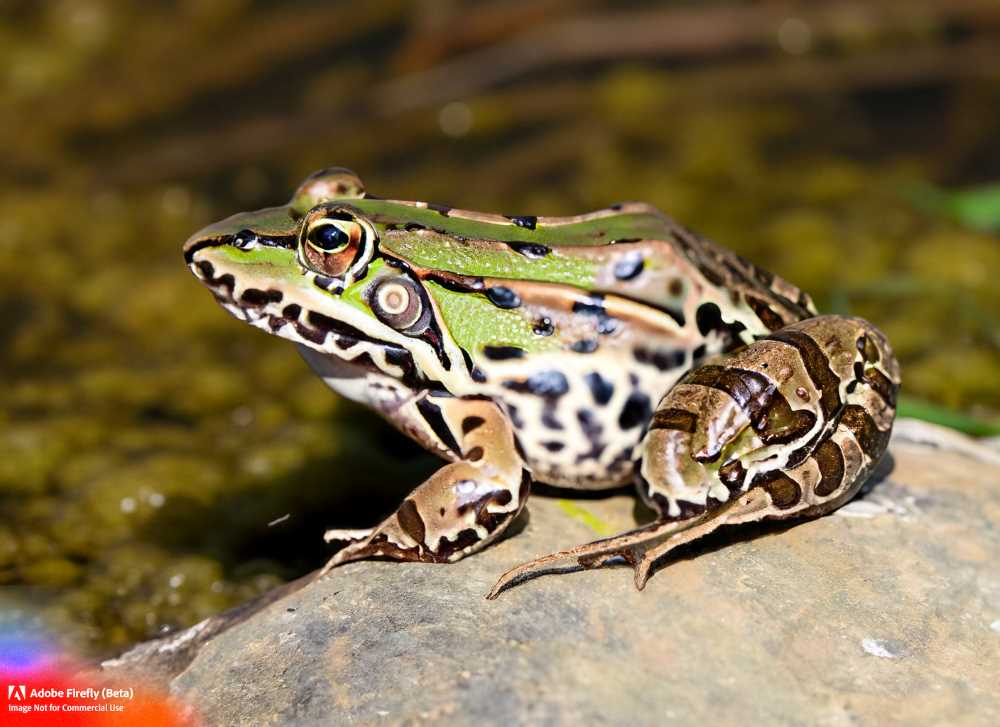Leopard Frogs and Their Croaky Choir in Mexico's Wetlands
Discover the fascinating world of leopard frogs and their relatives in Mexico! Learn about their physical characteristics, behavior, and ecological significance in wetland ecosystems. Find out how we can protect these amazing amphibians for future generations to enjoy.





